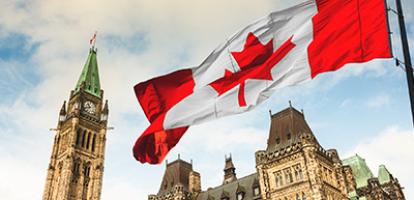February 12, 2021
- This working paper uses an epidemiological-economic model to determine the optimal intervention strategy in order to achieve desired health outcomes while minimizing economic damage.
- The results show that, compared to a uniform lockdown in which everyone is locked down the same, a targeted approach to lockdowns by age or industry over the period until a vaccine is widely available would achieve the same or better health outcomes at lower economic cost.
- The report also indicates that interventions, such as improved testing and tracing, and mask wearing could further reduce the potential for spread, lessening the severity of necessary lockdowns and lowering economic costs without sacrificing lives.
- This modelling exercise is but one tool in determining the appropriate policy response to COVID-19. The authors assert, however, that its ability to intersect health and the economy makes it of value to both health and economic policymakers as vaccines are rolled out over the coming year.







